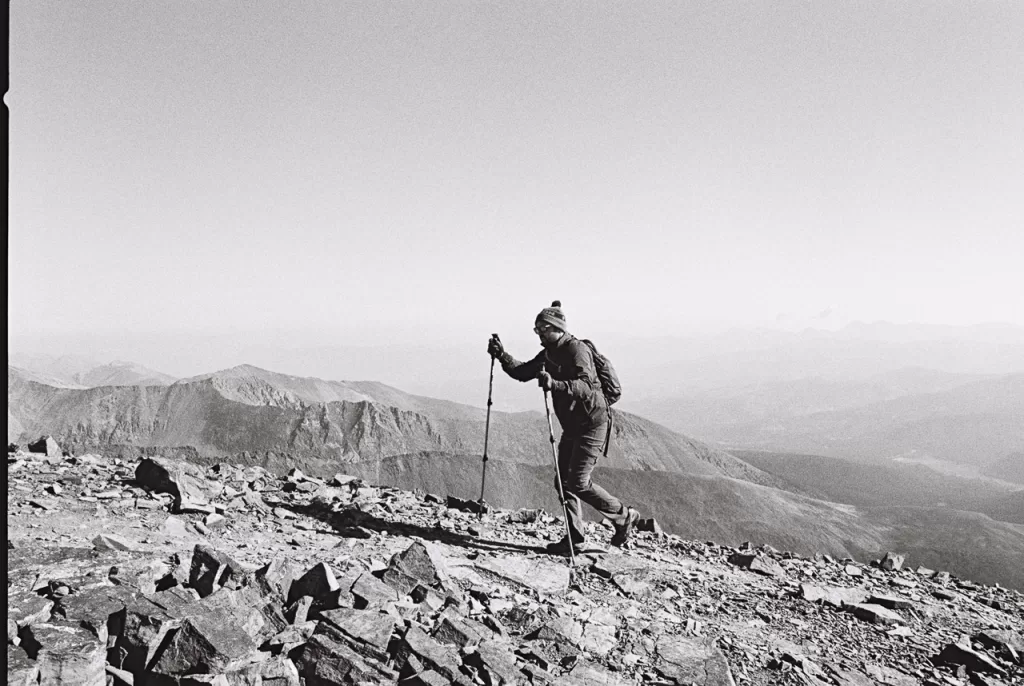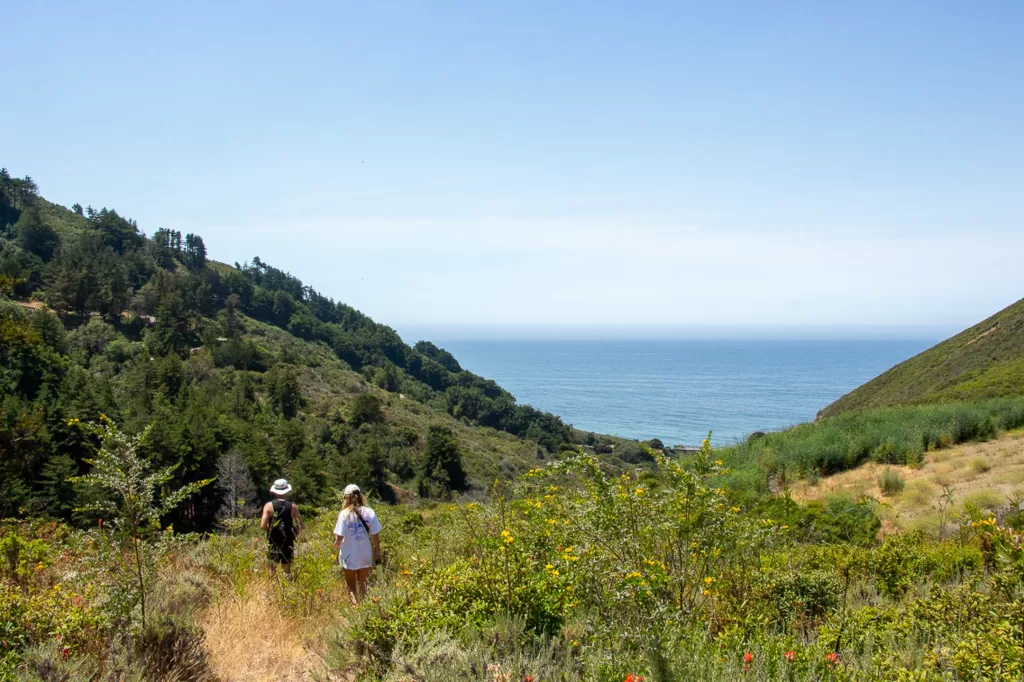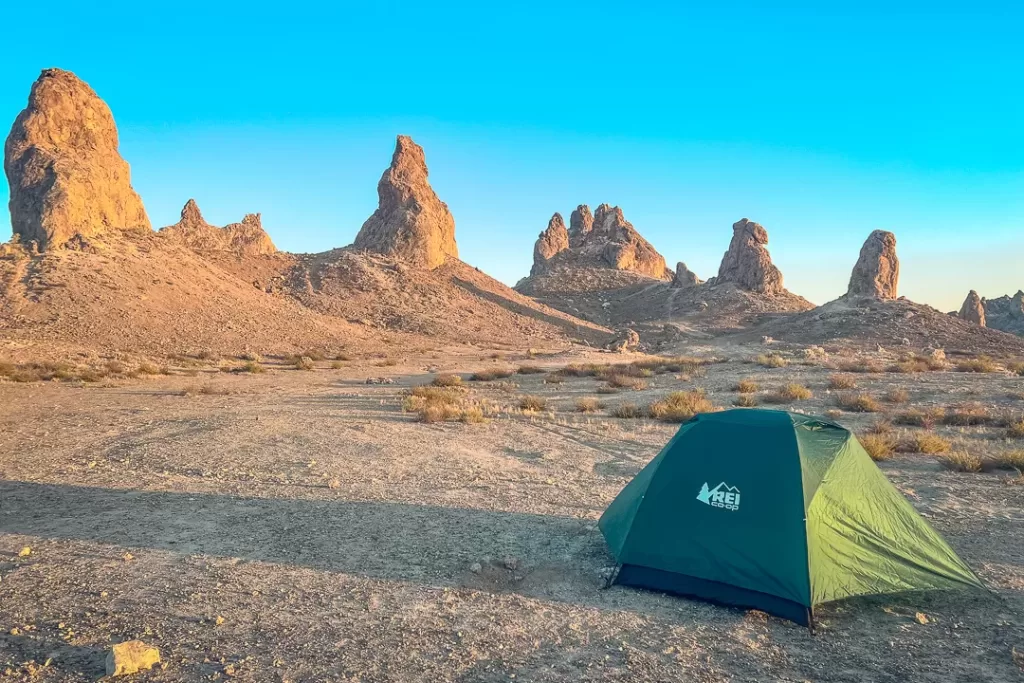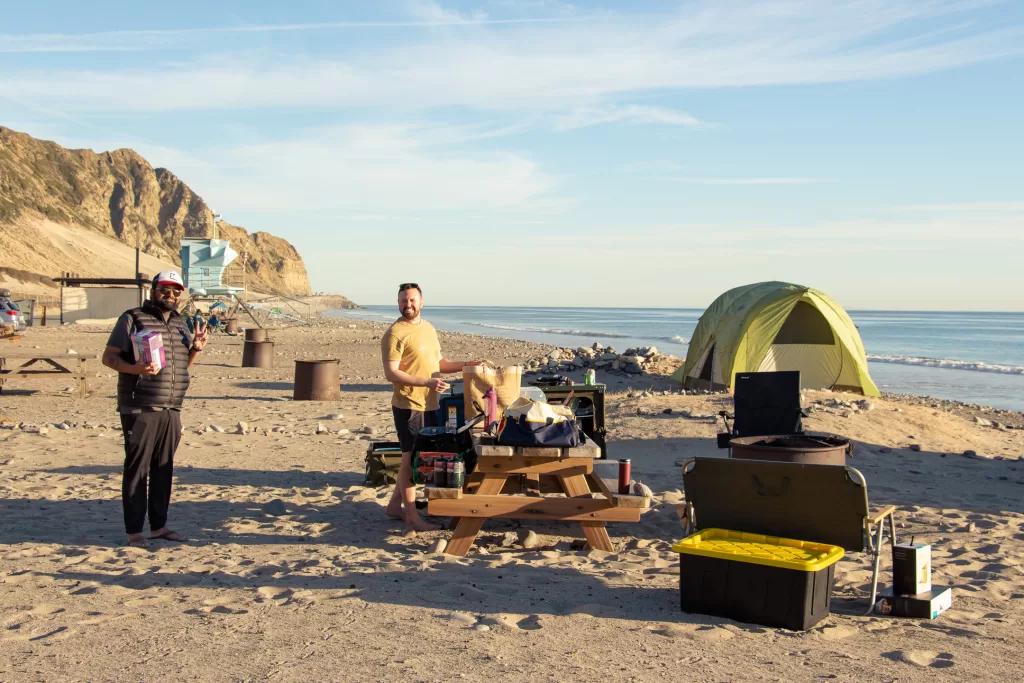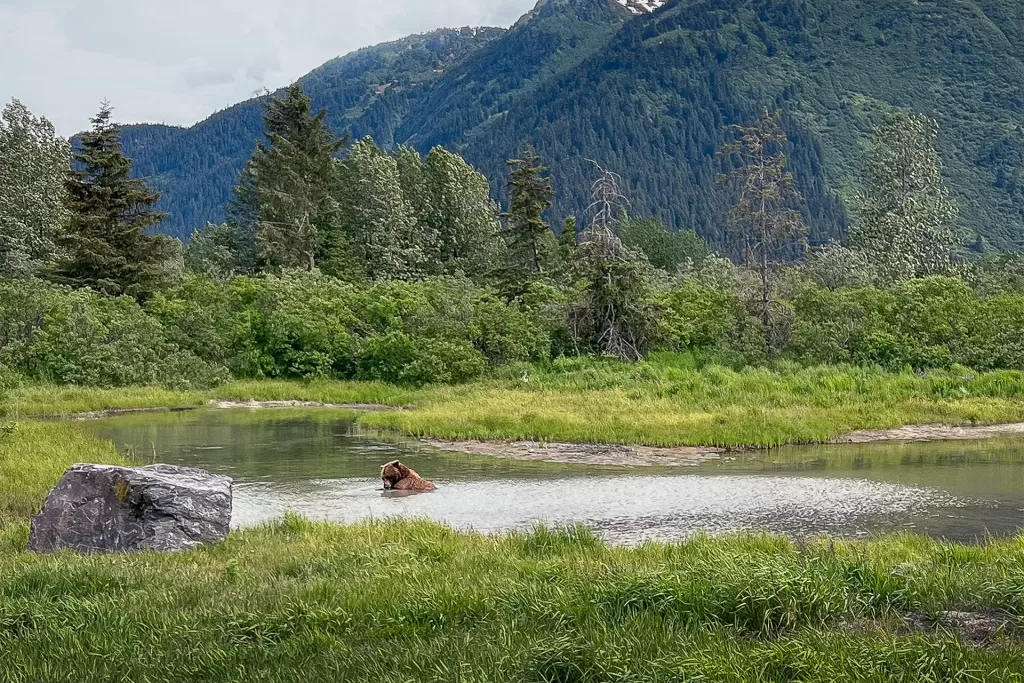Embarking on your first solo hiking trip can feel nerve-wracking. There are many unknowns and you’ll have to rely on just you if anything happens. However, trekking by yourself is also an empowering and fulfilling experience. You get to push your limits and explore nature much more intimately and personally. If you’re feeling up for the adventure, below are seven tips for hiking alone to get you started.
Choose the Right Trail
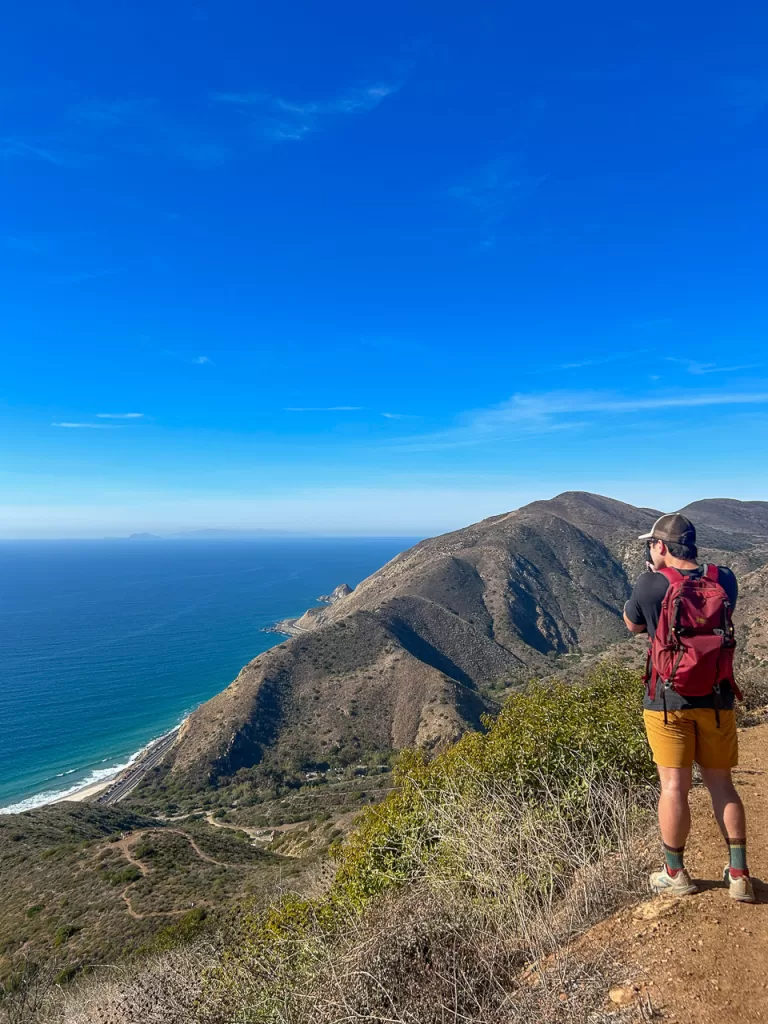
When solo hiking for the first time, you should choose a popular, well-marked trail that isn’t challenging. It’s also smart to pick something that isn’t far from home and has cell coverage. Online platforms like AllTrails and Modern Hiker are good resources to consult, as they share stats such as elevation and mileage, as well as first-hand accounts of what you can expect while on trail. Whether you choose a new hike that’s well within your abilities or something you’ve done before, starting small will help minimize potential risks and build your confidence for larger, more ambitious adventures.
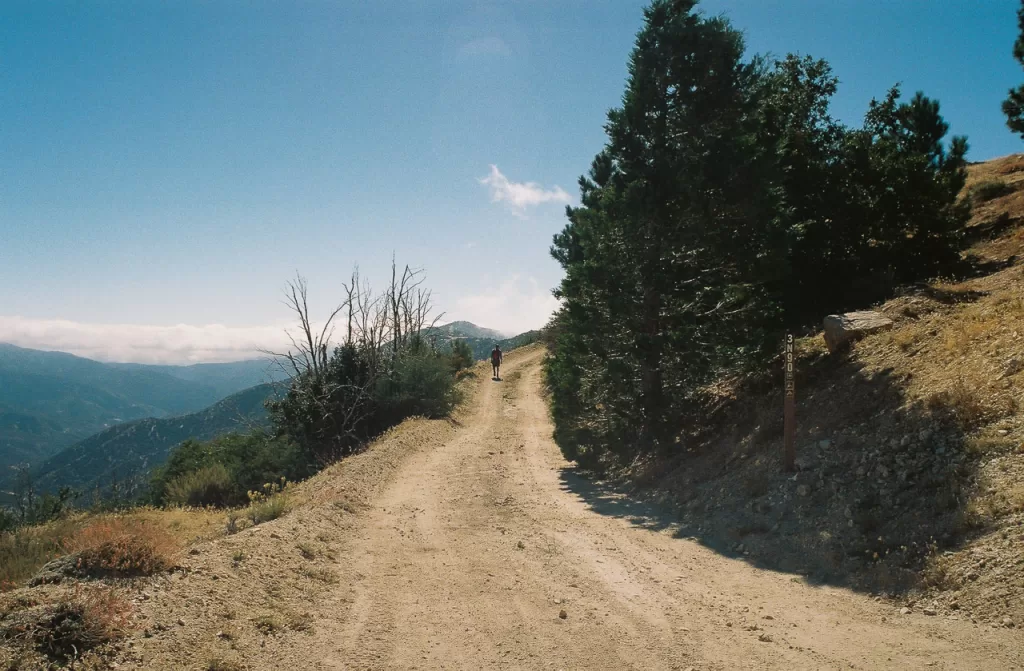
Share Your Itinerary With Someone
It’s good practice anytime you’re out adventuring to share your itinerary with someone, including where you’re visiting and how long you’ll stay out. However, when you’re out solo hiking, it’s extra important that another person knows your plans since you’ll be by yourself if things go wrong. For added safety, most phones allow you to share your location with someone you trust. If you pay for AllTrails+, they just released a new feature, Live Share, that allows you to share your hike progress with someone in real-time. I also recommend carrying a Garmin inReach. This satellite communicator tracks your location and allows you to send text messages to loved ones back home, even if cell service isn’t available. There’s also a dedicated SOS button for added peace of mind.
Take Proper Precautions
When you’re out hiking by yourself, there’s less margin for error, so it’s important to take the proper safety precautions. Check the weather beforehand and bring gear accordingly. Even if the day looks comfortable, it’s not a bad idea to carry a jacket in case the weather shifts. Make sure your pack includes plenty of food and water, as well as a basic first-aid kit, sun protection, headlamp, and phone battery pack. And for an added level of safety, you can carry bear spray, especially if you’ll be hiking through their habitat. And as always, be sure to have the 10 essentials with you!
Stay Within Your Limits
While solo hiking is a great confidence-building activity, your first time alone is not when you should overexert yourself. If you start to feel overly fatigued or uncomfortable, or if anything feels off, turn around. There’s no shame in cutting your hike short if you’re not feeling up to it. It’s better to stop early and try again another time than push yourself too hard and potentially end up in a compromising situation.
Don’t Leave the Trail

It may be enticing to venture off-trail, especially if there’s an interesting feature or a pretty lookout. However, when out hiking alone you should stay on your intended path. Even a few feet from the trail, it’s easy to get disoriented and lose your bearings. Always download the GPX track and a map of your hiking route. Even better is to carry a physical map and compass in case your electronics fail.
Despite your best efforts, sometimes you’ll accidentally end up off-trail. What I do in these situations is stay calm, check my location on my phone or GPS device, and retrace my steps back to where I’m supposed to be. Listen to your gut – if you feel like you’re going the wrong way, odds are you’re probably right. And it’s always better to check your location too often than not enough!
Stay Attentive
One of the most important tips for hiking alone is to stay vigilant for potential risks like steep drop-offs, dangerous wildlife, adverse weather, and even other hikers that make you feel uncomfortable. Also, when visiting a trail you’ve never been to before, leave the headphones at home. While I sometimes enjoy listening to podcasts and music while hiking, if I’m unfamiliar with my surroundings, I make sure that I’m fully alert.
Additionally, it’s smart to educate yourself on the wildlife in the area, including best practices should you have an animal encounter. While these are rare, you’ll want to know what to do in case you find yourself face-to-face with a critter. And it’s worth restating, but trust your instincts. If something feels different or off, turn around.
Embrace the Experience
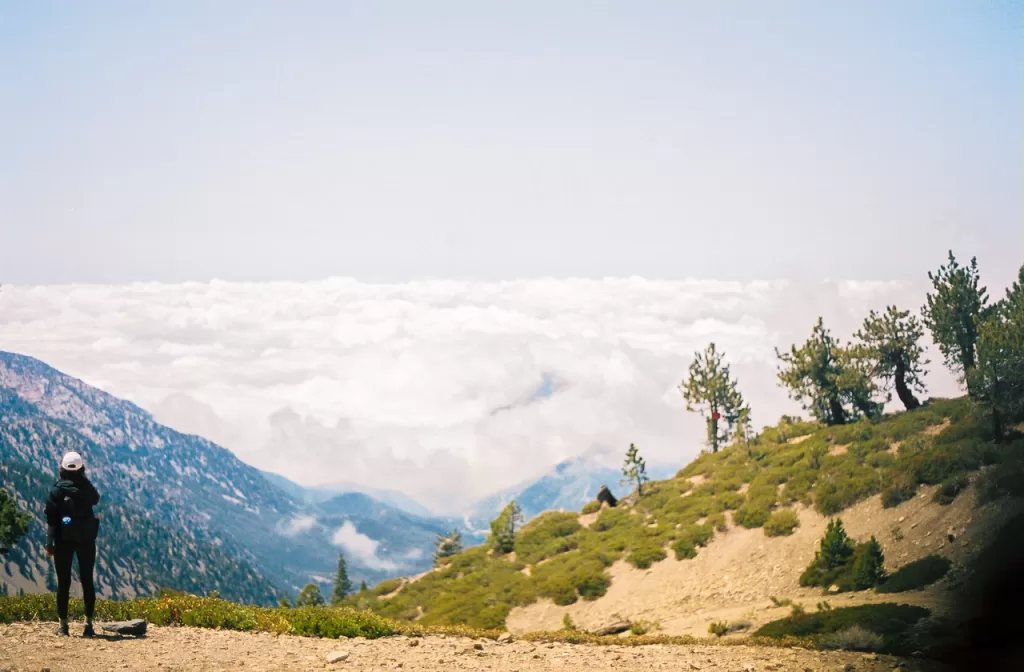
At the end of the day, it’s important to embrace the experience and remember why you’re out in nature. The best part about trekking by yourself is that you have complete control over your hike, so make the adventure your own! Whether that’s stopping to identify plants, eating a snack at an epic overlook, or reading by a waterfall, you can curate your perfect day outside. Hiking alone is also a great way to slow down, reflect, and practice mindfulness. I’ve found that tuning into the sights, smells, and sounds of the trail helps me let go of my worries and allows me to embrace the beauty around me.
I hope that these seven tips for hiking alone gave you the confidence to hit the trail by yourself! Looking to extend your adventure? Then read our article on scoring permits and reservations for popular hikes and campgrounds. And if this advice has you itching to go outside but don’t know where to start, then contact us! From custom itineraries to beginning-to-end trip guidance and more, we are here to help you fully experience the outdoors. Click below to fill out our questionnaire and get started. We are here to help you live your best outdoor life!

